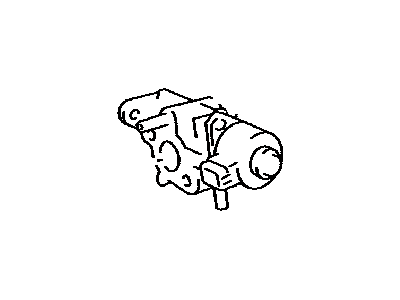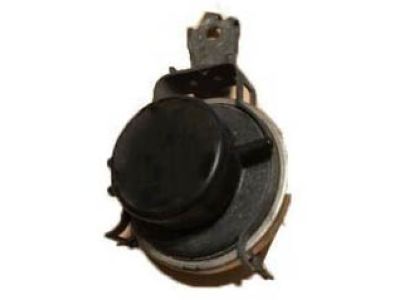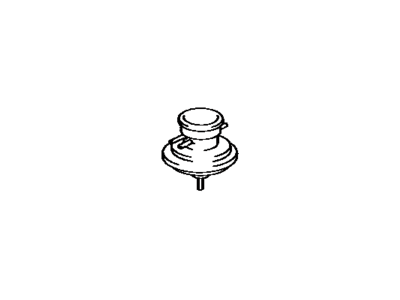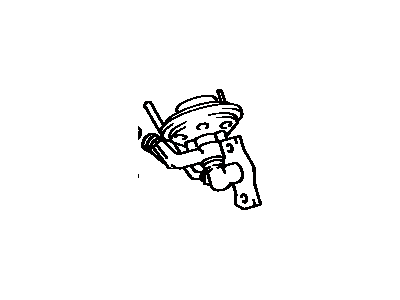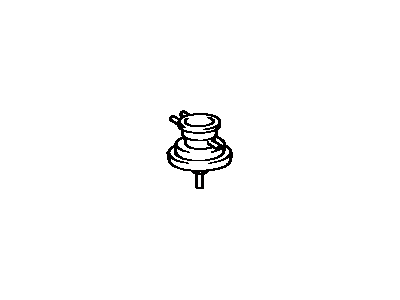

My Garage
My Account
Cart
Genuine Toyota Supra EGR Valve
Emissions EGR Valve- Select Vehicle by Model
- Select Vehicle by VIN
Select Vehicle by Model
orMake
Model
Year
Select Vehicle by VIN
For the most accurate results, select vehicle by your VIN (Vehicle Identification Number).
12 EGR Valves found
Toyota Supra Valve Assy, EGR
Part Number: 25620-46061$250.32 MSRP: $358.93You Save: $108.61 (31%)Ships in 1-3 Business DaysToyota Supra Valve Assy, EGR
Part Number: 25620-46060$250.32 MSRP: $358.93You Save: $108.61 (31%)Ships in 1-3 Business Days
Toyota Supra EGR Valve
If you are in demand for superior quality and affordable OEM Toyota Supra EGR Valve, then shop with us! We own a wide range of the reduced-priced genuine Toyota Supra EGR Valve. You can purchase in confidence as all parts come with a manufacturer's warranty. Any issues with our products? No need to worry as we have a hassle-free return policy to guide you every step of the way.
Toyota Supra EGR Valve Parts Questions & Experts Answers
- Q: What Are the Functions and Diagnostic Procedures for the EGR System and EGR Valve on Toyota Supra?A:EGR system works by allowing a portion of exhaust gas to mix with the intake gas to lower the combustion temperature and thus the generation of nitrogen oxides. The main component is the GR valve operated by EGR vacuum modulator, vacuum control vale for 1979-1981, VCV for 1979-1982, VSV for 1982 and later and BM VSV for 1979-1982 models. These systems differ in quite a way for instance 1980 models have two VCV valves and two EGR valves while one VCV valve opens due to the changes in the intake manifold vacuum. According to the model 1983 and the later models, the function of BVSV is regulated by the EFI computer that oversees the coolant temperature. At low engine temperature, both the BVSV and the EGR valve are shut; the recirculation of the exhaust gas is prevented but at the high temperatures, the opening of the BVSV allows the EGR valve to function under pressure changes. The checks include the peeping of filter in modulator for signs of damage or any deposits, checking of hoses for cracking and appropriate connection and checking of vacuum at the operating RPM. The procedures for 79 & 80 models include removing the hoses, application of vacuum and comparatively observing the performance of the engine when it comes to problems relating to EGR valve and its parts. For the 1982-1986 models, similar steps are carried out; such as checking the vacuum levels and ascertaining the status of the EGA valve. More tests in later models concern checking of the vacuum modulator and the VSV with differing actions for turbo and non-turbo models. In replacement of the components a detailed disconnection is done with labeling of hoses since they will be reattached in the similar position including EGR valve, BVSV and other similar components.
